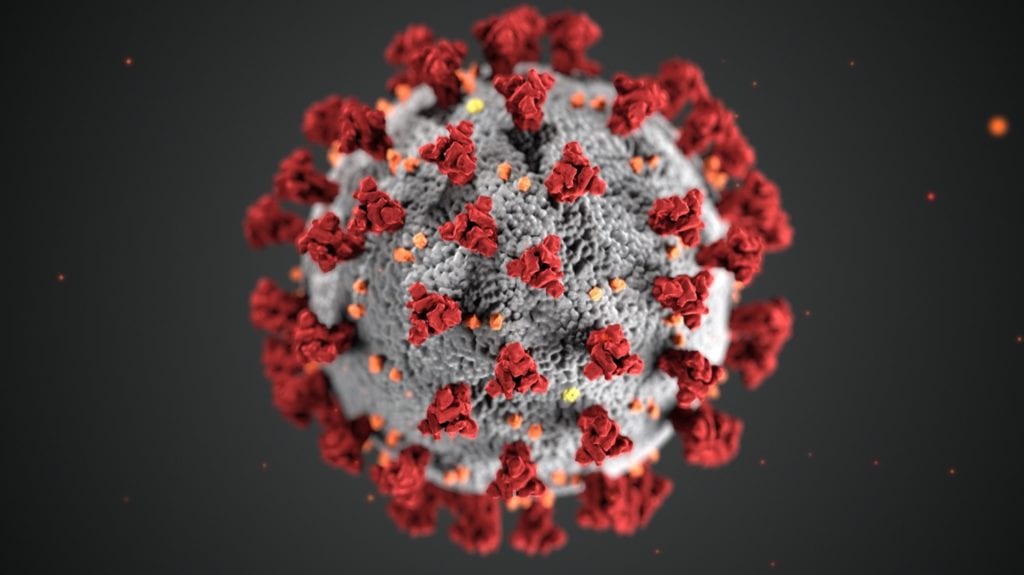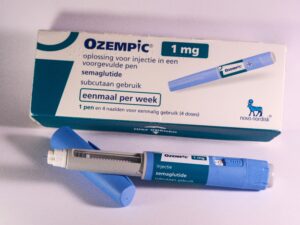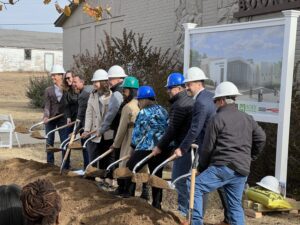The current coronavirus tests are called PCR (Polymerase Chain Reaction) tests. PCR tests work by detecting specific genetic material within the virus.
For diagnosing SARS-CoV-2, a PCR test starts with a swab, which looks like a long Q-tip that draws mucus from the back of a patient’s nasal cavity where it meets the throat. This swab goes into a vial and is shipped to an FDA-approved lab facility.
The PCR machine increases and decreases the temperature of the sample in automatic, programmed steps.
Initially, the mixture is heated to separate (denature), the double-stranded DNA template into single strands. The mixture is then cooled so that the primers bind (anneal), to the DNA template.
The polymerase enzyme moves along the strand, adding complementary nucleotides (the building blocks of DNA) until the strand is copied. The cycle then repeats, turning two target strands into four, then eight, and so on. After about 40 cycles, there are roughly 100 billion copies of the target DNA and an easily detectable fluorescent signal.
A PCR test can confirm a diagnosis of Covid-19 if it identifies two specific SARS-Cov-2 genes. If it identifies only one, it will produce an inclusive test. This type of test, which is also known as a molecular test, can’t tell if someone has had the infection and since recovered.
The primary difference from one test kit to another is which coronavirus genes each test targets. CDC-approved kits target a gene that has codes for the protein that houses its RNA (Ribonucleic Acid which carries instructions from the DNA).
One test kit includes all the supplies needed to do the test. A single kit can process up to 700 to 800 specimens. However, this does not mean that many people can be tested. There are control runs that must be done, and there are tests that will have to be repeated due to ambiguities in the results.
Another type of test is a blood (serological) test. These tests detect antibodies that the body produces to fight the virus. These antibodies are present in anyone who has recovered from Covid-19.
The downside to these tests is that it takes approximately two weeks to develop antibodies. However, the tests are quite useful to determine if a person has been infected (whether or not the individual had symptoms) which is something a PCR test kit cannot do after the fact, because it only looks for the virus itself.
That means serological tests could be used to survey a population to determine how widespread infection rates were and give an accurate assessment of the mortality rate. Currently, there are no approved serological tests, but they are being developed.
The standard PCR test takes four hours to run and the results may not be available for a few days.
There are tests that have been recently developed that can give results in as little as five minutes and without expensive machines. There is also a home kit being developed where a person sends in a swab to be tested for genetic material from the virus.
All of these tests must be validated before they are available for use by the public and health care facilities. Rapid testing will be essential in assessing healthcare workers’ risks when treating patients.











